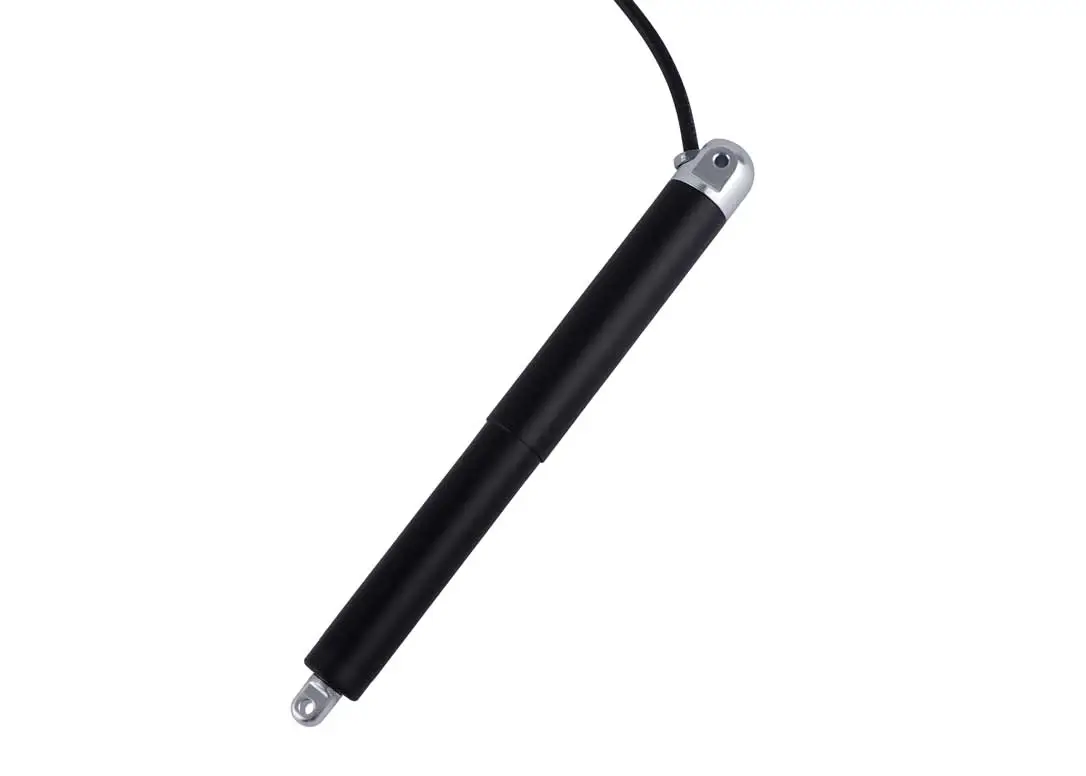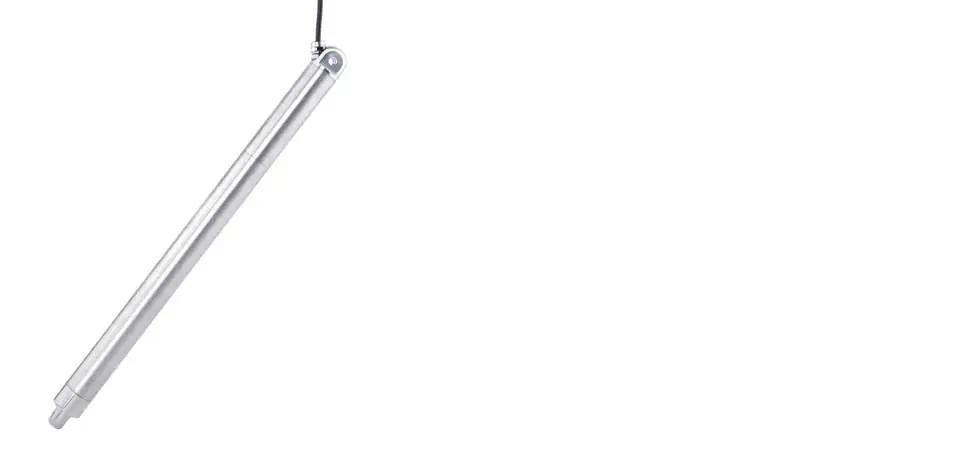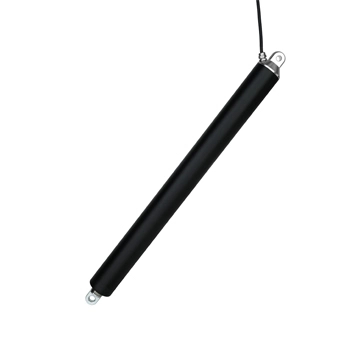Linear actuators are everywhere in modern technology, from moving car seats to powering industrial machinery. But not all actuators are created equal, especially when it comes to voltage. Choosing between 12V and 24V can significantly impact performance, efficiency, and compatibility with power sources. This article dives into what makes 12V and 24V linear actuators distinct and how to decide which is best for your project.
Understanding Linear Actuators and Their Applications
What is a Linear Actuator?
A linear actuator is a device that converts energy, usually electrical, into linear motion (a straight line rather than rotation). By moving parts in a straight line, linear actuators serve essential roles in automation, helping machines and devices achieve precise movement. Whether it’s for a sliding door or a robotic arm, actuators are indispensable for many applications.
Key Components of Linear Actuators
Motor and Power Supply – Provides the electrical or mechanical power.
Drive Mechanism – Converts the rotational motion from the motor into linear motion.
Control System – Allows for adjustments in speed, force, and position.

The Role of Voltage in Linear Actuators
Why Voltage Matters in Actuators
Voltage essentially determines how much power an actuator can draw. Higher voltage actuators often handle more demanding tasks, delivering greater force and efficiency. Lower voltages, on the other hand, are suitable for lighter loads and applications with limited power supply.
Common Voltage Options for Actuators
12V and 24V are popular choices due to their availability and versatility. While both can operate similarly, each voltage suits different needs and environments.
Key Differences Between 12V and 24V Linear Actuators
Power Output and Performance
Generally, 24V actuators can deliver higher power output than their 12V counterparts. This makes 24V actuators more suitable for heavy-duty applications, whereas 12V actuators are great for low to moderate workloads.
Current Requirements
A 12V actuator requires more current to perform the same task as a 24V actuator. This can drain the battery faster, making 24V more energy-efficient for continuous or high-demand use.
Speed and Force
Voltage influences speed and force—24V actuators typically offer more speed and force than 12V. If your application demands fast and powerful movement, 24V is often the better choice.
Temperature Tolerance and Durability
24V actuators tend to have a higher temperature tolerance, making them more durable in high-stress environments. They’re often more robust, lasting longer under heavy loads.
| Feature | 12V Linear Actuator | |
| Voltage | 12 Volts DC | 24 Volts DC |
| Current Draw | Higher current draw | |
| Speed | Typically slower | Typically faster |
| Force/Thrust | Lower force/thrust | |
| Wire Gauge | Thicker gauge required | Thinner gauge can be used |
| Power Supply | Easier to find, often used in automotive applications | May require a specialized power supply |
| Cost | Generally less expensive | |
| Common Applications | Home automation, smaller-scale projects, automotive | Industrial applications, heavier loads, longer distances |
Pros and Cons of 12V Linear Actuators
Advantages of 12V DC linear actuator
Disadvantages of 12V Actuators
Pros and Cons of 24V Linear Actuators
Advantages of 24 volt DC linear actuator
Enhanced Power – Capable of handling more demanding applications.
Efficiency – Consumes less current over prolonged periods, preserving battery life.
Disadvantages of 24V Actuators
Compatibility – Requires a suitable power supply, often making it incompatible with typical car batteries.
Higher Initial Cost – Generally more expensive due to their robust design.

Choosing the Right Voltage for Your Application
Assessing Power Needs and Load Requirements
If you’re working with lighter loads or portable devices, 12V might suffice. But for heavier, stationary equipment, 24V can handle the job more efficiently.
Energy Efficiency and Cost Implications
24V actuators can be more cost-effective in the long run due to better energy efficiency, especially in industrial applications where continuous operation is standard.
Environmental and Safety Considerations
If your actuator will operate in a high-temperature or rugged environment, a 24V actuator will likely perform better. Always match the actuator voltage to the safety requirements of your environment.
Practical Applications of 12V and 24V Linear Actuators
Popular Uses for 12V Actuators
Automotive Applications – Powering seats, windows, and hatches.
Home Automation – Great for window openers and smaller DIY projects.
Common Uses for 24V Actuators
Conclusion
Choosing between a 12V and a 24V linear actuator depends largely on your application’s power needs, durability requirements, and energy considerations. While 12V actuators are ideal for lighter, portable applications, 24V actuators are better suited for demanding, industrial tasks.
 DDTG-16 Micro Tubular Linear Actuator
DDTG-16 Micro Tubular Linear Actuator
 DDTG-28 Micro Tubular Linear Actuator
DDTG-28 Micro Tubular Linear Actuator
 DDTG-38 Micro Tubular Linear Actuator
DDTG-38 Micro Tubular Linear Actuator














